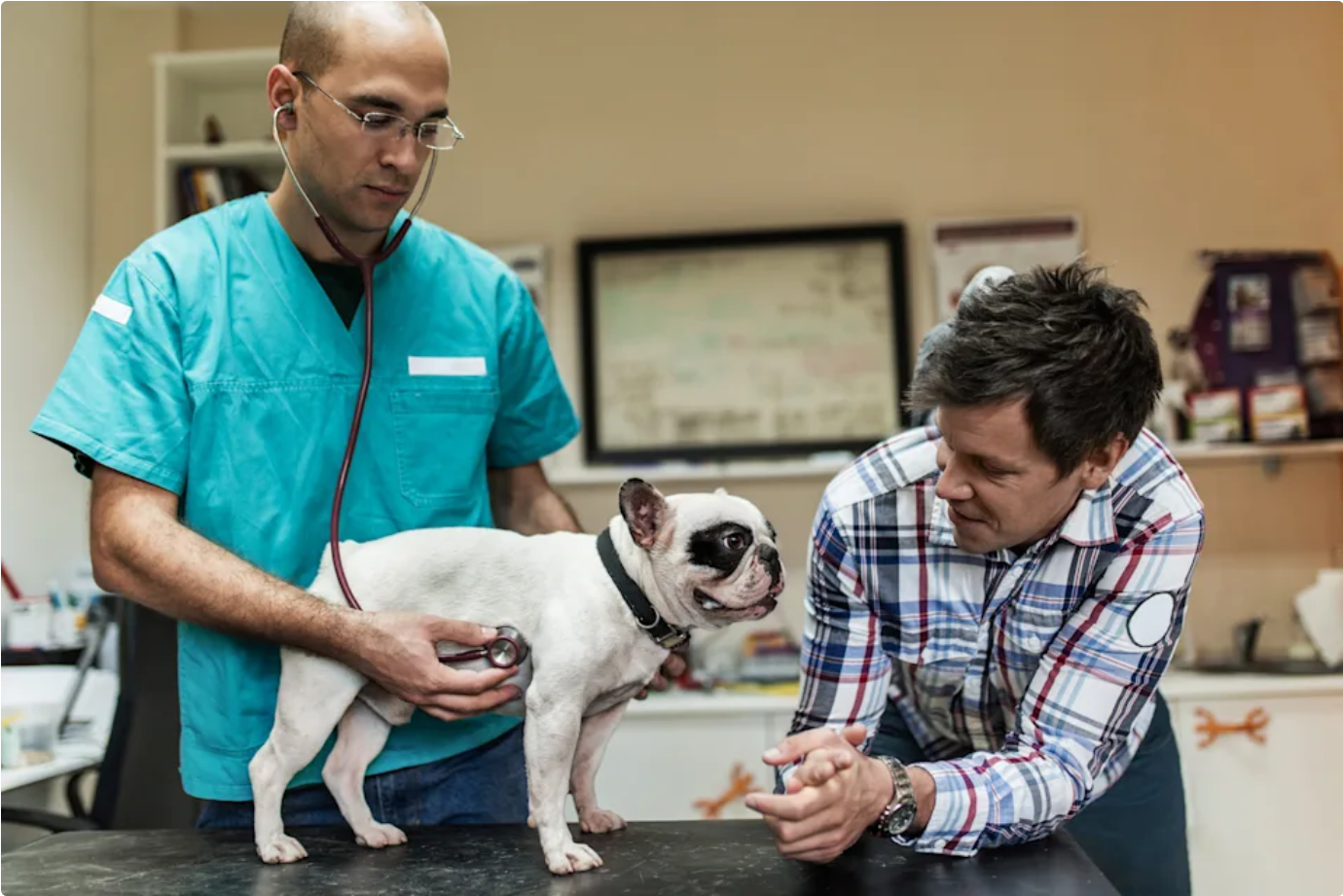1. What are pre-existing conditions?
In the field of pet insurance, pre-existing conditions refer to diseases or health problems that the pet has been diagnosed with or has shown symptoms before insurance is purchased. These conditions may include chronic diseases, hereditary diseases, or even infections or injuries that have been treated. Common pre-existing conditions include cancer, diabetes, arthritis, allergies, ear infections, etc.
2. How do pre-existing conditions affect pet insurance?
Most pet insurance companies do not cover the treatment costs related to pre-existing conditions by default, which means that pet owners need to pay for these medical expenses out of pocket. However, some insurance products have also appeared on the market that provide limited coverage for “curable” pre-existing conditions, provided that the pet has no symptoms and no treatment record for a certain period of time.
3. The difference between curable and incurable pre-existing conditions
- Curable pre-existing conditions: such as bladder infections, ear infections, respiratory infections, etc. If the pet has no symptoms and does not receive treatment for a certain period of time (usually 180 days to 12 months), some insurance companies will re-evaluate and may cover the cost of recurring treatment.
- Incurable pre-existing conditions: such as diabetes, cancer, hereditary joint diseases, etc., are usually considered lifelong and are generally not covered by insurance companies.
4. Comparison of policies of major insurance companies on pre-existing conditions
| Insurance company | Coverage for curable pre-existing conditions | Waiting period | Remarks |
|---|---|---|---|
| AKC Pet Insurance | Covers curable and incurable conditions after 365 days of continuous insurance | 365 days | One of the only brands that covers incurable pre-existing conditions |
| Spot Pet Insurance | Covers curable conditions after 180 days of no symptoms | 14 days | Knee and ligament diseases are always excluded |
| Embrace Pet Insurance | Covers curable conditions after 12 months of no symptoms | 14 days | Physical examination required to prove health |
| ASPCA Pet Insurance | Covers curable conditions after 180 days of no symptoms | 14 days | No medical records required to be provided for insurance |
| FIGO Pet Insurance | Covers curable conditions after 12 months of no symptoms | 1-14 days | No physical examination required, reimbursement rate up to 100% |
5. Insurance advice and precautions
- Get insurance as early as possible: Young pets are less likely to have pre-existing conditions, so getting insurance early can avoid being excluded from coverage due to conditions in the future.
- Maintain continuous coverage: Avoid policy interruptions, otherwise pre-existing conditions may be re-identified.
- Read the terms in detail: Different insurance plans have different definitions and coverage of pre-existing conditions, so be sure to check carefully.
- Actively manage your pet’s health: Regular physical examinations and vaccinations can help reduce the risk of disease.
- Understand the waiting period: Most insurance plans have a waiting period at the beginning of the effective period, and diseases that occur during this period will not be compensated.
6. The value of pre-existing condition pet insurance
Even if your pet already has an incurable pre-existing condition, it still makes sense to get insurance. Insurance can cover other new diseases and accidental injuries, reducing future medical burdens. Some insurance plans also cover hereditary diseases and behavioral problems, providing more comprehensive coverage.
Pre-existing conditions are a major challenge in pet insurance, but as the market matures, more and more insurance products are beginning to distinguish between curable and incurable conditions, providing more flexible protection plans. Pet owners should rationally choose appropriate insurance plans based on their pets’ health conditions and insurance terms to build a solid health line of defense for their pets.
